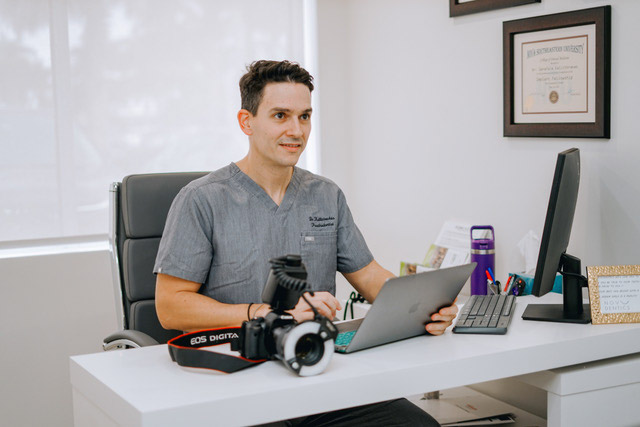Having a tooth extracted is quite common, but the after effects can be unpleasant. One potential complication is the development of dry socket – also known as alveolar osteitis. This painful condition arises when the extraction site does not heal properly.
What Exactly Occurs With Dry Sockets?
After tooth extraction, a blood clot typically forms in the empty socket to protect it while healing occurs. With dry socket, that blood clot becomes dislodged or fails to form correctly. This leaves the bone and nerves exposed.
The socket essentially becomes “dry,” leading to increased pain and risk of infection.
What Are the Symptoms of Dry Sockets?
The hallmark symptom of dry socket is throbbing pain starting a few days after extraction, often gradually intensifying. This post-operative pain can be severe, sometimes worse than the original tooth pain that necessitated extraction. Pain may radiate from the site to other areas like the ear, neck, and face. Bad breath and unpleasant taste can also occur.
What Factors Raise the Risk of Developing Dry Sockets?
Dry sockets occur in about 5-10% of extractions, but certain factors raise risks:
- Smoking/tobacco use (very high correlation between smoking and dry sockets)
- Oral contraceptives
- Pre-existing infections
- Excessive trauma during procedure
- Poor oral hygiene
- Medications like anti-inflammatories
- Frequent spitting or rinsing after procedure
Younger patients in their 20s/30s have higher rates of dry sockets. Women also have a slightly elevated risk, potentially linked to birth control use.
How Are Dry Sockets Diagnosed and Treated?
Dry sockets are diagnosed mainly based on the distinct symptoms that arise a few days post-extraction. X-rays or examination may be done to rule out other potential causes of pain. Treatment focuses on pain relief, often including analgesics and antibiotics. Medicated dressings or pastes may be applied to protect the dry socket while it heals. Rinsing with warm salt water can help keep the area clean.
Symptoms usually resolve in 7-10 days with proper care.
How Can I Make Sure Not to Get Dry Sockets?
The good news is, it’s actually very easy to ensure you don’t get dry sockets. The most common causes of dry sockets come from smoking, drinking from a straw, and keeping your mouth free from any form of additional trauma. Also, make sure to continue good oral hygiene, post surgery.
Can Dry Sockets Be Prevented?
There are some effective preventive steps to lower the chances of developing dry sockets:
- Avoid smoking around the time of extraction
- Do not drink from a straw
- Follow all post-op instructions carefully
- Take care not to excessively spit, rinse or disrupt the clot
- Maintain good oral hygiene before and after
- Use gauze to protect the site when needed
- Limit consumption of alcohol or caffeine
- Follow dentist’s recommendations for pain medication
While dry socket can be extremely uncomfortable, it is a common complication that can be managed well if caught early. Being aware of the signs, risks, and preventive care is important for minimizing issues after tooth extraction.
When Should I Raise Concerns to My Oral Surgeon?
Some degree of pain and discomfort is to be expected after having a tooth extracted. Typically, over-the-counter or prescribed pain medication can help manage this initial discomfort. The pain should gradually decrease over the first few days as healing progresses.
However, if you experience a significant increase in pain, swelling, or other concerning symptoms in the days following the extraction, promptly contact your oral surgeon or dentist. Worsening pain can indicate complications like infection or dry socket developing. Your provider will want to examine the extraction site and determine if additional treatment is needed for proper healing. Don’t wait with new or worsening discomfort after tooth removal – call your surgeon right away for evaluation.

